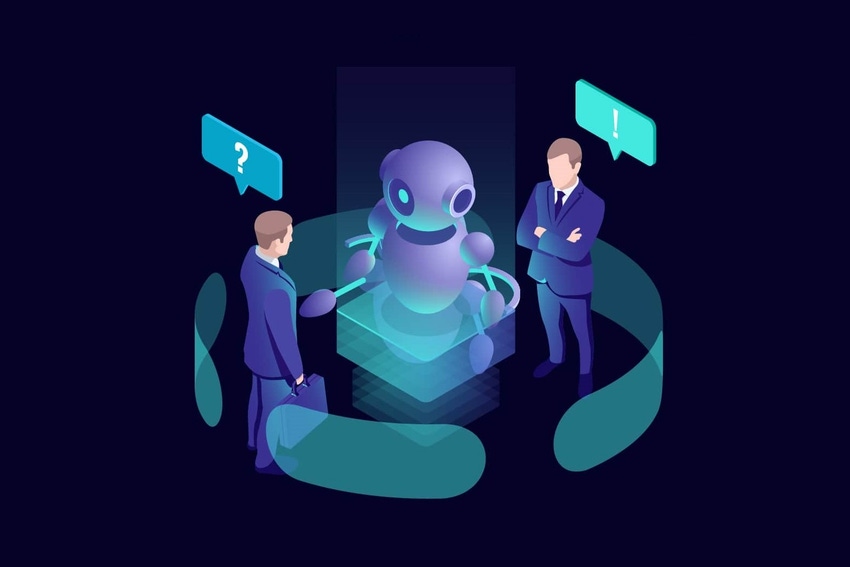February 12, 2020

by Shane Barker 12 February 2020
Chatbots are gaining popularity with both businesses and customers, primarily because of the convenience of having one. They are available all the time, and they can respond to queries immediately.
However, not all chatbots are created equal. They come in two basic kinds: AI-powered and rule-based. The one you choose will depend on how intuitive you need your chatbot to be.
Rule-based chatbots
Rule-based chatbots, or decision tree chatbots, run an 'if-then' scenario. For instance, if a customer wants contact information, the system will respond to the query containing “contact information” with the email address or telephone number of the company.
The programmer can make the decision tree very complex, so that the chatbot can answer more complicated questions. However, it is not capable of responding to questions that are not in the decision tree. You can keep adding rules to address these issues but is a laborious process.
AI chatbots
AI chatbots use algorithms designed to detect patterns in human interactions. They have an initial database of responses to likely questions, and require training, so the initial investment is usually higher.
Such systems have the potential to expand and customize responses based on the data they gather, by using machine learning, specifically Natural Language Processing. The longer the chatbot interacts with humans, the better the user experience it delivers.
Sometimes, a rule-based chatbot can fit the bill quite nicely. However, if you have a lot of data and a lot of customers, you might want to invest in an AI chatbot.
For more information, check out the full infographic created by team Shane Barker below.

About the Author(s)
You May Also Like
.jpg?width=700&auto=webp&quality=80&disable=upscale)
.jpg?width=700&auto=webp&quality=80&disable=upscale)
.jpg?width=700&auto=webp&quality=80&disable=upscale)



.jpg?width=300&auto=webp&quality=80&disable=upscale)
.jpg?width=300&auto=webp&quality=80&disable=upscale)